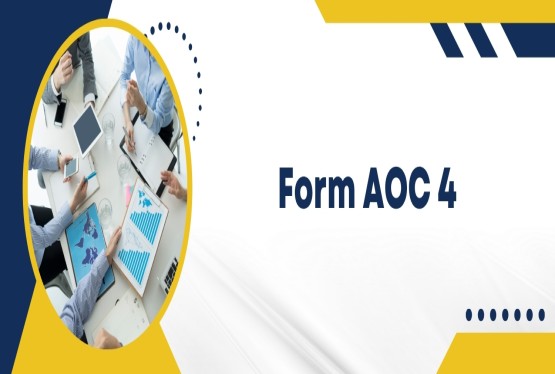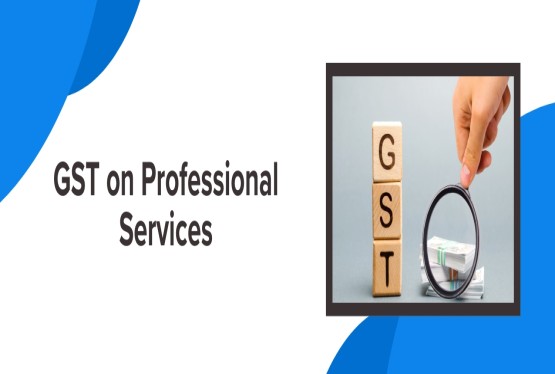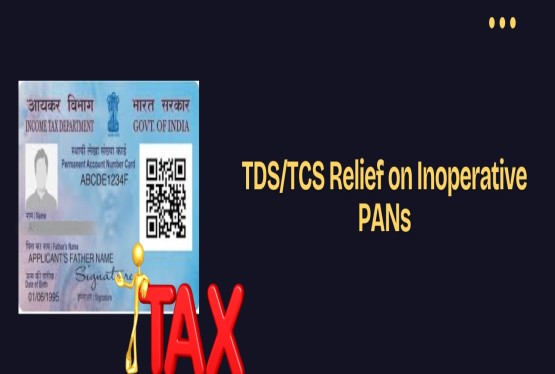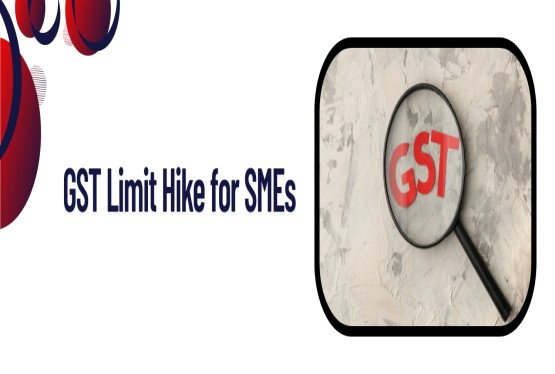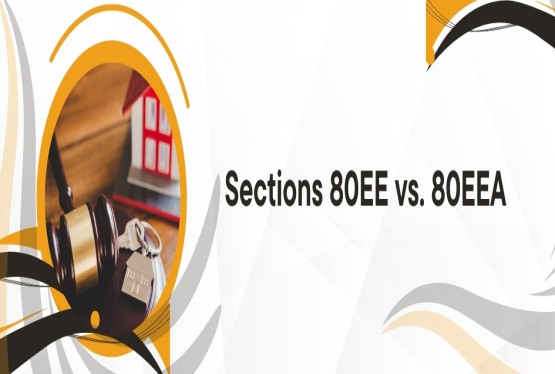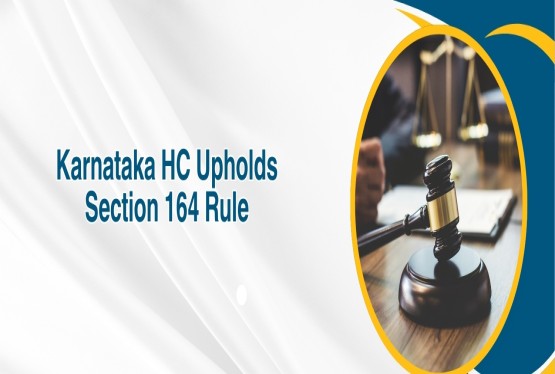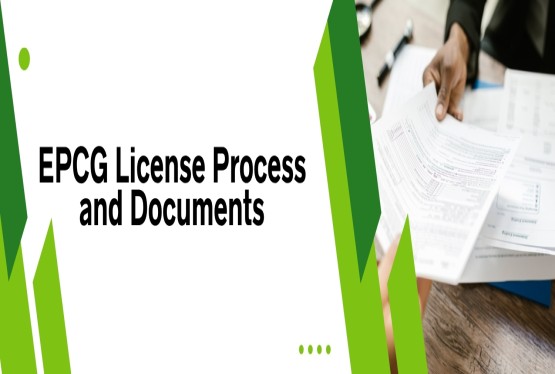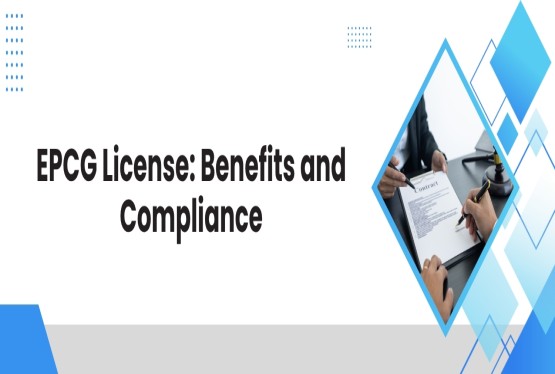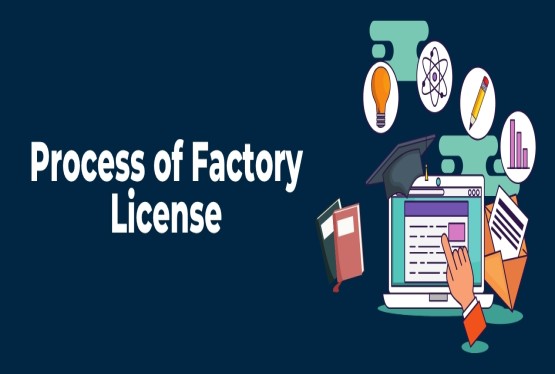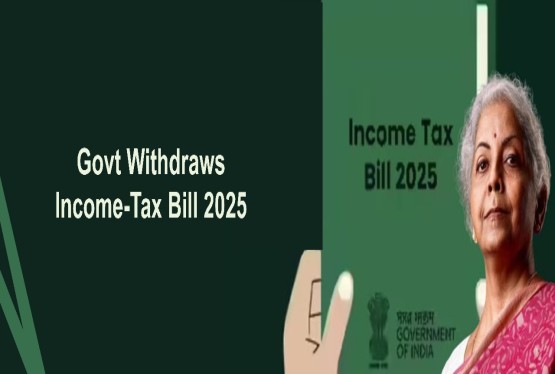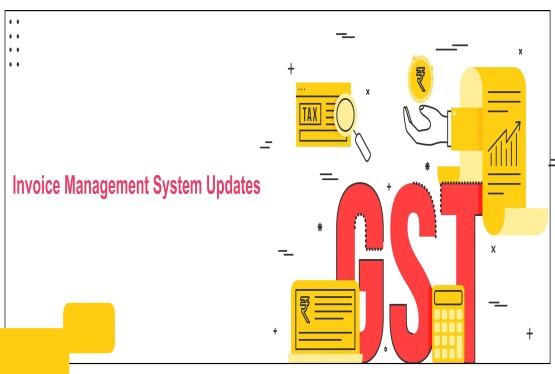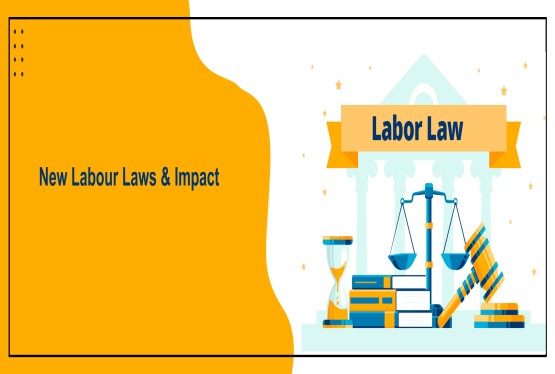The Indian taxation framework has historically incorporated many provisions to promote industrial growth, encourage reinvestment, and support economic development. One such provision is Section 32AB in The Income Tax Act, 1961, which was introduced to offer tax incentives to businesses and professionals who invest their profits in productive assets. Though the applicability of this section has since been limited, understanding its structure, purpose, and implications provides insights into how tax law can influence economic policy.
What is a Section 32AB in the Income Tax Act, 1961?
Section 32AB in The Income Tax Act, 1961 was inserted by the Finance Act of 1986 and came into effect from the assessment year 1987-88. This section primarily aimed to provide a tax deduction to assessees who either deposited a portion of their business profits into an investment deposit account or utilized the profits for acquiring specified new assets like machinery, ships, or aircraft.
The provision was crafted to motivate businesses to reinvest their earnings into productive resources, thereby contributing to national industrial development. However, the deduction under this section is not available for assessment years beginning on or after April 1, 1991.
Eligibility Criteria to get deduction under Section 32AB
To avail of the deduction under Section 32AB, the assessee must fulfill the following conditions:
-
The assessee must have income under the head "Profits and gains of business or profession."
-
The assessee must either deposit the amount in a Development Bank within six months from the end of the previous year or before filing the return of income, whichever is earlier.
-
Alternatively, the assessee can utilize the amount for purchasing specified new assets during the previous year.
This ensures that only genuine businesses investing in asset creation can benefit from the tax deduction.
Nature of Deduction
The deduction allowed under Section 32AB in The Income Tax Act, 1961 is the lesser of:
-
The amount deposited in the deposit account and/or the amount used to purchase new machinery or plant, or
-
20% of the profits from business or profession as computed according to the audited financial statements.
This calculation creates a cap on the deduction, making it proportional to the business’s profitability.
Scheme Approval and Sectoral Conditions
For businesses involved in the cultivation and manufacturing of tea in India, the scheme must be approved by the Tea Board. For all other businesses, the scheme must be framed by the Central Government. The dual requirement of sectoral and government approval was intended to ensure alignment with national economic priorities.
Restrictions on Deduction Post 1991
An important limitation of Section 32AB in The Income Tax Act, 1961 is that no deduction under this section is allowed for the assessment year commencing from April 1, 1991, or for any assessment year thereafter. This change was part of a broader shift in the tax regime towards different forms of investment-linked deductions.
Non-Applicability to Partners or Members
Where the assessee is a firm, an association of persons (AOP), or a body of individuals (BOI), the deduction under Section 32AB is not allowed in the computation of the income of any partner or member. This clarification ensures that the benefit of the deduction does not get doubly claimed at the individual level.
Assets Covered Under Section 32AB
Eligible assets under Section 32AB in The Income Tax Act, 1961 include:
-
New ships or aircraft
-
New machinery or plant
The law allows certain previously used assets to qualify as "new" if specific conditions are met, such as the asset not being used in India before or imported for the first time. However, machinery or plant should not have had depreciation claimed earlier under the Act.
Assets Specifically Excluded
The following assets are excluded from the deduction benefit:
-
Machinery or plant installed in office premises or residential accommodation, including guest houses.
-
Office appliances (excluding computers).
-
Road transport vehicles.
-
Machinery or plant for which the full cost is allowed as a deduction in a single year.
-
Assets used in industries mentioned in the Eleventh Schedule that are not small-scale industrial undertakings.
These exclusions were included to prevent misuse of the deduction for personal or administrative asset purchases.
Computation of Profits
To determine the eligible deduction, profits must be calculated by deducting depreciation from profits computed as per Parts II and III of Schedule VI to the Companies Act, 1956. These profits are then adjusted by adding back:
-
Depreciation
-
Income tax and provisions
-
Surtax
-
Reserves
-
Provisions for unascertained liabilities
-
Provision for losses of subsidiaries
-
Dividends proposed or paid
Subsequently, any withdrawals from reserves credited to the profit and loss account are subtracted. This method ensures that the profit figure used for deduction is not inflated by accounting adjustments.
Mandatory Auditing
An important requirement for claiming the deduction under Section 32AB is the audit of business accounts by a qualified accountant. The audit must be completed before the specified date under Section 44AB, and the audit report must be furnished in the prescribed form.
In cases where an audit is mandated under another law, submitting that audit report along with the prescribed additional report is considered sufficient compliance. This ensures authenticity in financial reporting before tax incentives are claimed.
Withdrawal Conditions and Restrictions
Funds deposited under Section 32AB cannot be withdrawn before five years from the date of deposit, except under specific situations such as:
-
Death of the assessee
-
Partition of HUF
-
Liquidation of a company
Deemed Income on Premature Withdrawal
If any amount is withdrawn from the deposit account under circumstances like business closure or firm dissolution, the entire withdrawn amount is deemed as income from business or profession for that year. This ensures that tax benefits already availed are reversed if funds are not used as per the intended purpose.
Ineligible Expenses
If the funds from the deposit account are utilized for any business expenditure not covered by the scheme, such expenses will not be allowed as a deduction while computing income. This reinforces the requirement of strict compliance with the approved scheme.
Non-Utilization Within Time Frame
If the Development Bank releases any amount for utilization under the scheme, and the assessee fails to utilize it either wholly or partly within the time and manner specified, the unused portion is treated as income for the year in which it was released. This is again taxed as business income, discouraging delayed or non-compliant utilization.
Transfer of Acquired Assets
If an asset acquired under the scheme is sold or transferred within eight years of its purchase, the part of its cost that was claimed as a deduction earlier becomes taxable in the year of transfer. However, exceptions exist where assets are transferred to the government, government companies, or during firm-to-company succession under specified conditions. These conditions ensure continuity of asset usage and prevent businesses from availing deductions and disposing of assets prematurely.
Government Powers of Modification
The Central Government is empowered to:
-
Modify the list of articles or things specified in the Eleventh Schedule through official notification.
-
Exclude certain classes of assessees from the provisions of Section 32AB, after due inquiry.
These powers give flexibility to align the scheme with changing economic and industrial needs.
Link with Section 32A
If an assessee avails deduction under Section 32AB, then no deduction under Section 32A(1) shall be allowed for the same assessment year and the subsequent four years. This provision prevents dual benefits for the same investment under different sections.
Section 32AB provides definitions for clarity:
-
"Computers" do not include calculating machines.
-
"Development Bank" includes IDBI for most businesses and NABARD for tea cultivation-related businesses.
-
The term "new" includes previously used foreign assets if they meet specific conditions.
Importance for Tax Planning
Though no longer applicable post-1991, Section 32AB in The Income Tax Act, 1961 remains a significant example of how tax policy can encourage business investment. It required strategic planning, timely audits, and accurate computation to avail deductions. Taxpayers had to comply with procedural and financial guidelines strictly, or else the claimed deductions would reverse as deemed income. The section provided insights into the integration of fiscal incentives with industrial growth strategies.
Policy Implications and Future Relevance
While Section 32AB is not active for current assessment years, it demonstrates a successful model of encouraging long-term investment and asset creation. Similar provisions in future policy frameworks may borrow from its structure. It also underscores the importance of sector-specific incentives, such as special provisions for tea manufacturing or exclusions based on asset types and usage.
Conclusion
Section 32AB in The Income Tax Act, 1961 was a forward-thinking tax incentive aimed at encouraging reinvestment of business profits into productive assets. Though now restricted in applicability, it played a vital role in shaping industrial investment trends during its operational period. With its structured compliance, audit requirements, and strict utilization conditions, the section ensured that tax benefits were granted only when funds were genuinely used for national economic development. For policymakers and tax professionals, Section 32AB offers a historical lens into the use of tax deductions as tools for economic planning and remains a model for similar future incentives in the Indian tax system.
If you need any assistance, you can book a consultation with Compliance Calendar Experts through mail at info@ccoffice.in or Call/Whatsapp at +91 9988424211.
FAQs
Q1. What is the objective of Section 32AB in The Income Tax Act, 1961?
Ans. Section 32AB was introduced to promote reinvestment of business profits into productive assets like new machinery, ships, or aircraft. It aimed to support industrial growth by allowing tax deductions to assessees investing in such assets or depositing funds in a specified investment deposit account.
Q2. Who is eligible to claim deductions under Section 32AB?
Ans. Only those assessees who earn income under the head "Profits and gains of business or profession" and who either deposit funds with a Development Bank or invest in eligible new assets can claim deductions. However, this provision is no longer applicable for assessment years beginning on or after April 1, 1991.
Q3. How much deduction is allowed under Section 32AB?
Ans. The deduction is limited to the lesser of: (a) the amount deposited or invested in eligible assets, or (b) 20% of the business profits as shown in audited accounts. This ensures that deductions are granted in proportion to the business's profitability.
Q4. What assets are considered eligible under Section 32AB?
Ans. Eligible assets include new ships, aircraft, and new machinery or plant. Even previously used machinery from outside India may qualify if it meets specific conditions like not having been used in India or claimed for depreciation earlier.
Q5. Are there any restrictions on withdrawals from the deposit account?
Ans. Yes, funds deposited cannot be withdrawn for five years except in cases like business closure, death of the assessee, HUF partition, firm dissolution, or company liquidation. Unauthorized withdrawals result in the amount being taxed as business income.
Q6. Is the deduction allowed for all assessment years?
Ans. No, the deduction under Section 32AB is not allowed for assessment years starting from April 1, 1991, onwards. It was applicable only between assessment years 1987-88 and 1990-91.
Q7. What happens if the asset acquired under Section 32AB is sold early?
Ans. If the asset is sold or transferred within eight years of acquisition, the part of its cost corresponding to the deduction claimed becomes taxable as business income in the year of sale, unless the sale is to specified government entities or under permitted succession scenarios.








_crop10_thumb.jpg)




































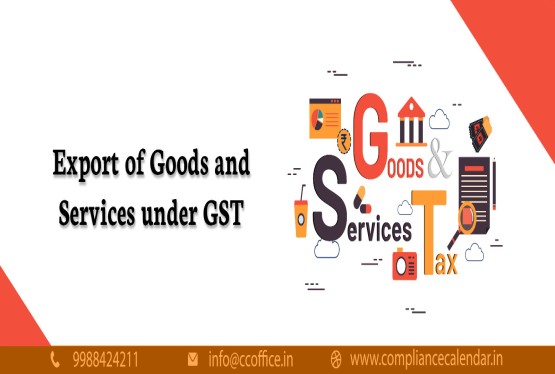













































_for_FY_2025-26_crop10_thumb.jpg)



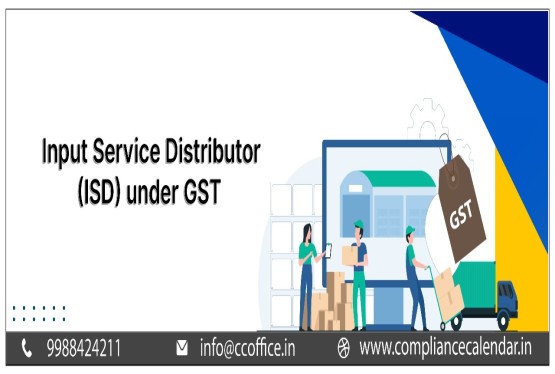








_learn_crop10_thumb.jpg)








_Filing_Due_Dates_for_FY_2024-25_learn_crop10_thumb.jpeg)
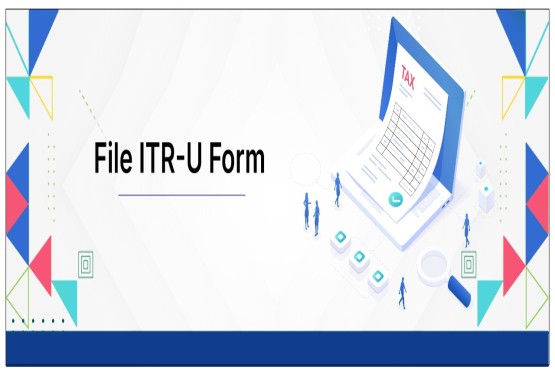

























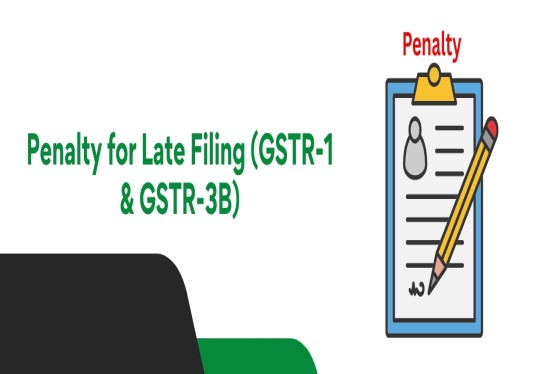












_of_GST_Act_learn_crop10_thumb.jpg)










_Under_GST_learn_crop10_thumb.jpg)









_crop10_thumb.jpg)


_crop10_thumb.jpg)






_learn_crop10_thumb.jpg)






















_of_the_Income_Tax_Act_learn_crop10_thumb.jpg)



_learn_crop10_thumb.jpg)






_learn_crop10_thumb.jpg)






_crop10_thumb.jpg)




















_in_The_Income_Tax_Act,_1961_learn_crop10_thumb.jpg)



_learn_crop10_thumb.jpg)



_of_the_Income_Tax_Act_learn_crop10_thumb.jpg)


_Of_Income_Tax_Act_learn_crop10_thumb.jpg)







_learn_crop10_thumb.jpg)








_learn_crop10_thumb.jpg)
_crop10_thumb.jpg)






















_learn_crop10_thumb.jpg)
_for_Import_and_Export_learn_crop10_thumb.jpg)









